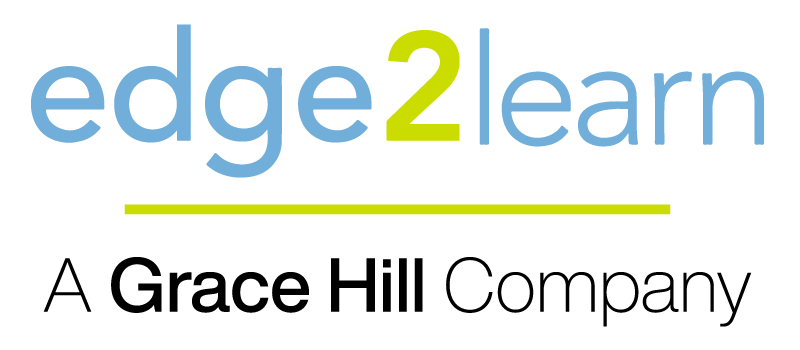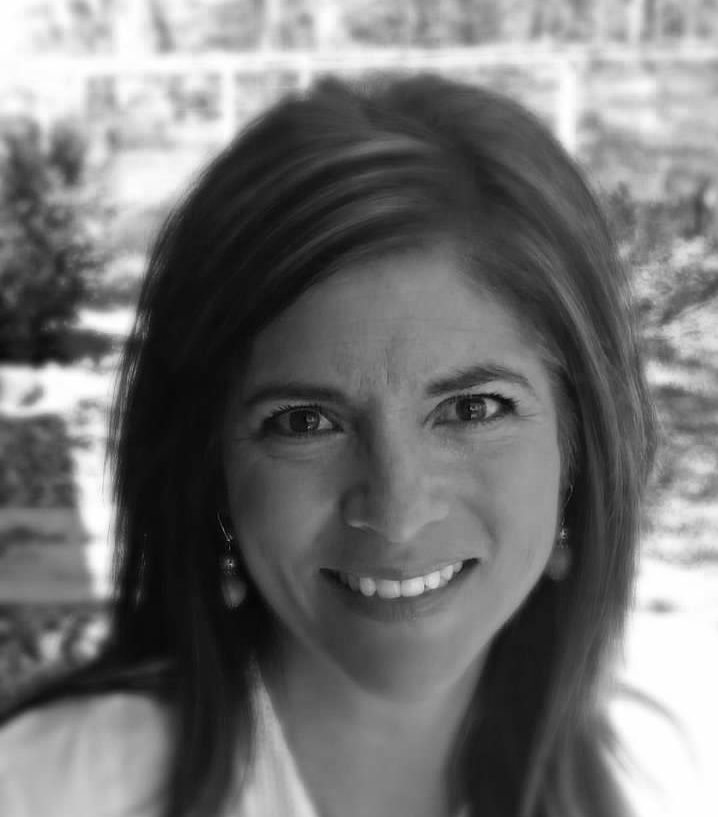The exchange of information between employees as they reflect on their past and present work experiences can enhance classroom learning while stimulating fresh perspectives. Extracting this knowledge and fostering productive conversations during training is essential. When you sprinkle in multiple generations and different work styles, behaviors and expectations, it can often lead to a perfect training room storm. A trainer’s success will be determined by their ability to remove generational tension, leverage complementary skills and diverse perspectives, and quickly find common ground.
“It’s important to be aware of generational tension – loosely defined as a lack of respect for someone who’s of a different generation from you – among colleagues. It’s your job to help your employees recognize that they each have distinct sets of skills and different things they bring to the table.” -Jeanne C. Meister, Founding partner of Future Workplace and coauthor of The 2020 Workplace
Here are 3 ways to quickly find common ground in the multi-generational training room:
1. Address the Elephant in the Room
Whether you are a new trainer, or you have been training for many years, understanding generational differences and the evolution of training can be a valuable tool which can be used to choose the best content and delivery method, as well as the most effective ways to engage learners. It is sometimes best to address the “elephant in the room” by acknowledging the fact that most participants would rather be on a beach in Hawaii than sitting in your class. Inserting a little humor is always helpful. Paint a picture of what the 5 day, 8 hours per day training class might have resembled years ago and how your class will strongly contrast that – hopefully. Tell them what their training day will look like and what it is designed to do for them. All employees will appreciate this regardless of generation. Here are a few points to consider as you manage your multi-generational classroom:
Baby Boomers (1946-1964) bring their experienced-based learning with them. Encourage them to share their real-life scenarios, practice their knowledge, and to be a mentor to those who are new to the workplace. Most of their early training was delivered orally and in a classroom setting, so they tend to be comfortable with lecture formats, printed materials, and team building activities.
Gen Xers (1965-1977) expect their trainers to exhibit their expertise in the training room. They appreciate frequent feedback and value autonomy. Create opportunities for them to draw from their experience, discuss observations, and participate in active Q&A sessions. They appreciate organized and condensed presentations, and they can adapt to multiple learning environments.
Millennials (1978-1995) view trainers as knowledgeable mentors with a depth of real world experience that is often missing on their resume. They are seeking a coach and mentor. Instant practical application speaks loudly to them, and they are very reliant on feedback. Give it sooner than later. Millennials often prefer informal collaborative settings with constant stimulation to hold their attention spans. They tend to be eager and very open-minded and ready to be paired up with more experienced employees.
While no person fits perfectly into any generational box, it can be said that less experienced employees often desire more acknowledgement and feedback whereas veterans tend to be competitive and motivated by the work itself. Seek to understand as you manage your classroom, set expectations, encourage sharing, and engage all in productive discussions.
2. Rub and Polish
The French philosopher Michel Eyquem de Montaigne once said, “It is good to rub, and polish our brain against that of others.” Once you understand your audience, it is time to create a recipe for success by creating small groups where students can share and “rub and polish” ideas. While some students could offer their industry knowledge and experience, others could shed light on current customer trends, technology, outside perspectives, etc. Task your students with figuring out how to apply their knowledge and experience to day-to-day challenges in the leasing office. As you moderate the groups, you will quickly see that some employees are more comfortable with rattling off the “how” and others are more willing to share the “why”. You need both. Done right, the “rub and polish” approach can be a powerful engagement technique that affords everyone to participate in a manner they are most comfortable with and encourages the sharing of old ideas and discovery of new ones.
3. Ask for Feedback to Continue the Conversation
One size does not always fit all in the multi-generational training room, and you need to know when it isn’t working. While it is important to ask for ongoing feedback as you progress through the training, it is also a good idea to provide multiple outlets for participants to share feedback and suggestions, and to continue the conversation in other areas. Not everyone will be comfortable with writing an evaluation. Baby Boomers and Gen Xers might be very natural with open classroom discussions, while Millennials might prefer sharing ideas and thoughts online. Being able to solicit quality feedback in the multi-generational training classroom gives companies valuable information to use before, during, and after training sessions. It allows adjustments to be made that will enhance the session for future participants. Consider asking your class to “Like” pages that you might suggest, live-tweet the “best” ideas on your training feed, or even participate in a Facebook Live Video session a few days after they leave training. Seek alternate communication methods that will allow collaborative ideas to be shared with those beyond the classroom and avenues where the conversation can continue. The Millennials will love it!
Start employing these three simple approaches and you will quickly find common ground with any diverse mix of individuals. Understanding the various generations and how their past experiences affect their learning will help you as a trainer to design a class that is effective for all participants. A successful trainer is always ready and willing to change direction if it will benefit the student. Strive to quickly find common ground in the multi-generational training classroom.
Read more like this from Edge2Learn

Maria Lawson
Vice President of Training and Development
Edge2Learn / Ellis Partners in Management Solutions



